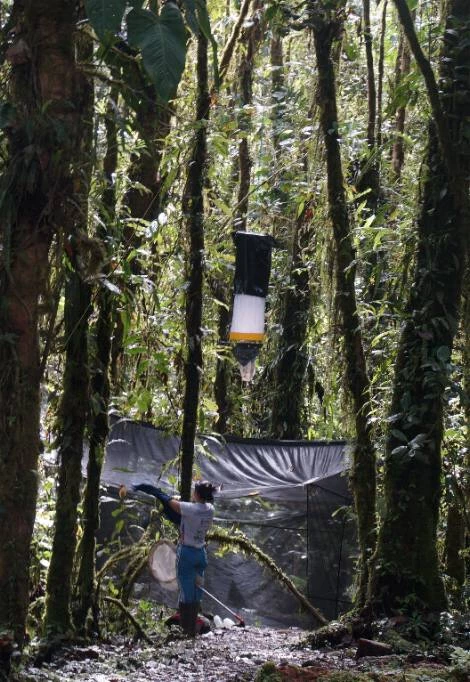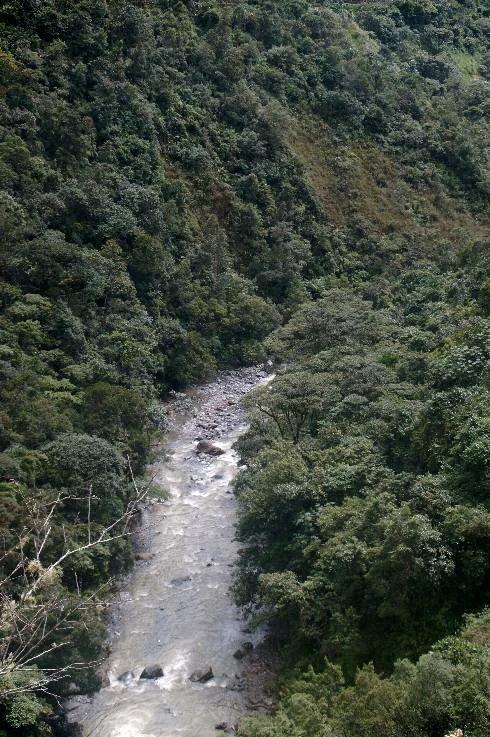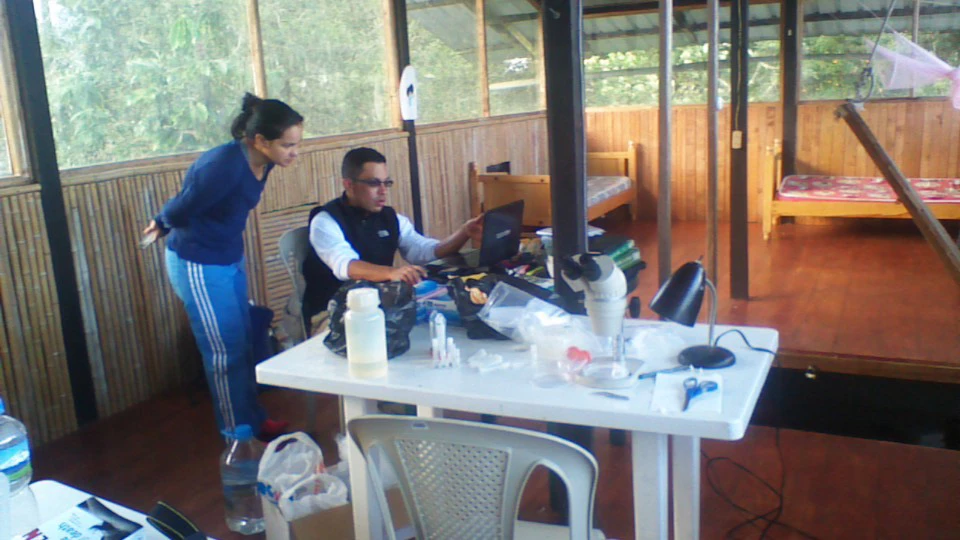Golwg ar y Casgliadau Diwydiant – Ebrill 2015
, 28 Ebrill 2015
Mae nifer o eitemau diddorol wedi cyrraedd y casgliadau diwydiant a thrafnidiaeth eto’r mis hwn. Yn y ffotograff isod, a dynnwyd ar 22 Gorffennaf 1926, gwelwn griw o 29 chwarelwr llechi. Mae’r lleoliad yn anhysbys ond mwy na thebyg taw yn chwarel Dinorwig neu’r Penrhyn y tynnwyd y llun. Os allwch chi helpu i leoli’r ffotograff, neu’n adnabod rhywrai o’r dynion, cysylltwch â ni.
Dyluniwyd a chynhyrchwyd y tri darn cerameg yma gan yr artist George Thompson, crochenydd yn byw yn Amlwch, Ynys Môn. Mwynfeydd copr mynydd Paris yw’r ysbrydoliaeth.
Plac cerameg gyda slip ocr coch a gwydriad copr.
Pot cerameg a stand mewn clai crank pinc gyda gwydriad graffit a copr.
Powlen gerameg gyda slip graffit, ocr coch ac ocr oren.
Yn y ffotograff isod gwelwn weddillion tŷ injan troslath a simdde ym mwynglawdd copr Parys, Ynys Môn, 1964.
Gwnaed y model hwn o fwynglawdd copr mynydd Parys oddeutu 1967, ac mae bellach yn rhan o gasgliadau Amgueddfa Cymru.
Mae’r fedal hon yn coffau torri’r dywarchen gyntaf yn Noc y Brenin, Abertawe. Ar 20 Gorffennaf 1904 cyrhaeddodd y cwch pleser Brenhinol, Victoria & Albert, Fae Abertawe. Wedi cyrraedd Doc Tywysog Cymru, esgynnodd y Brenin Edward VII a’r Frenhines Alexandre a dewiswyd yr enw Doc y Brenin er anrhydedd iddo. Wedi’r seremoni, teithiodd y Brenin na’r Frenhines drwy strydoedd Abertawe mewn cerbyd agored. Agorwyd y Doc yn swyddogol ar 20 Tachwedd 1909, ac mae’n dal i gael ei ddefnyddio heddiw. Yn 72 erw i gyd, dyma brif ddoc Harbwr Abertawe.
Ffotograff yn dangos tagfa longau (hwyliau a stêm) yn Noc y Brenin, oddeutu 1910. Trafferthion traffig yn y dyddiau cynnar.
Golygfa arall o Ddoc y Brenin. Tynnwyd y llun gan y ffotograffydd John Eurof Martin ac mae’n dyddi o ganol yr 20fed Ganrif.
Mark Etheridge
Curator: Industry & Transport
Follow us on Twitter - @IndustryACNMW





